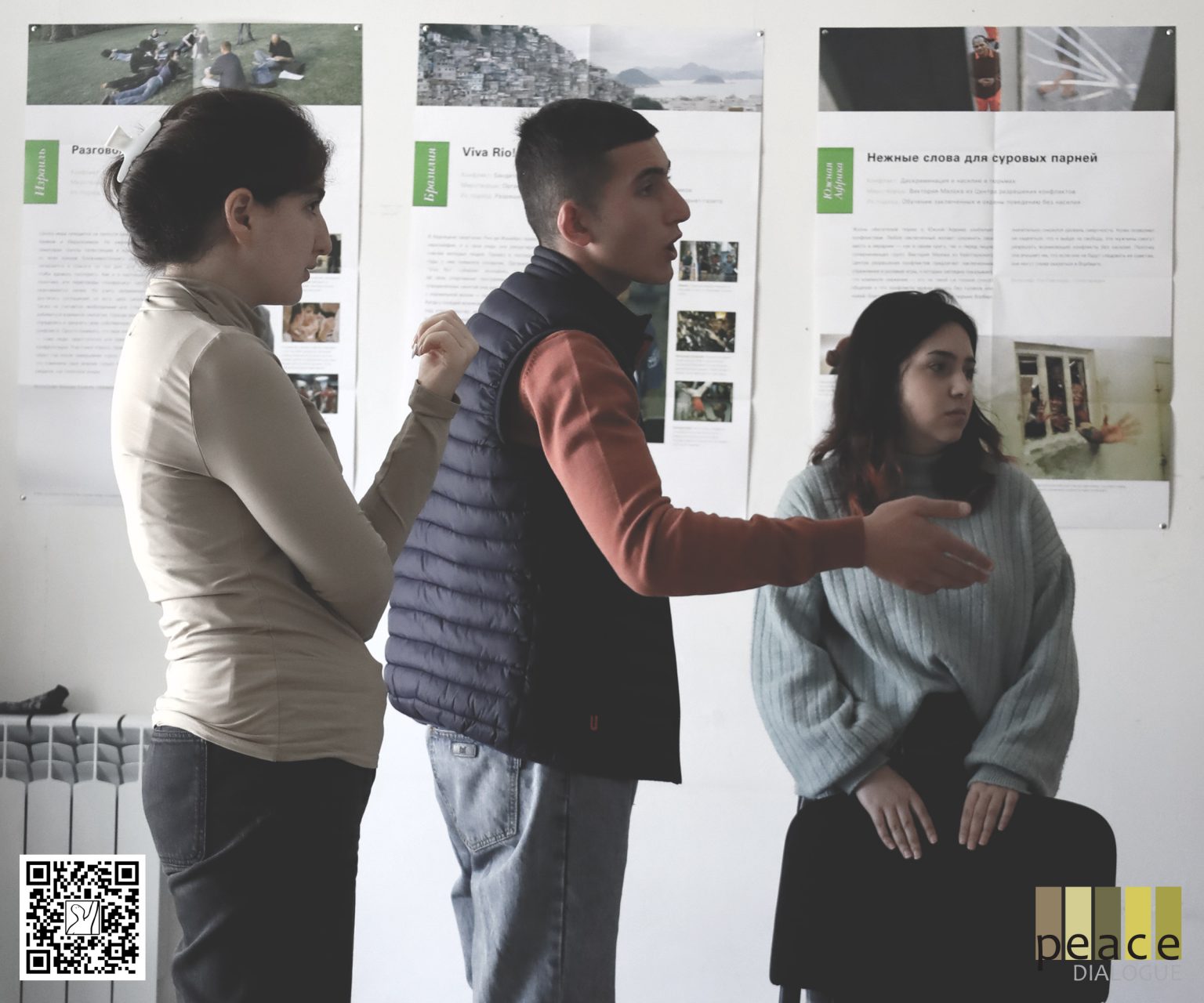
© 2022. PHOTO BY PEACE DIALOGUE NGO. AUTHOR: ANNA ZURABYAN
The relationship between Anchuria and Chikoza became strained due to a single oak tree located on the border between the two states. Chikoza claimed that the tree was situated within their internationally recognized sovereign territory and they had the right to determine its fate, while Anchuria argued that the tree had been planted by their ancestors. The border area around the tree faced occasional outbreaks of gunfire as both sides accused each other of provocations. Gradually, both sides began to deploy military forces and weaponry on the border. In an effort to address the escalating situation, the Center for Justice and Mutual Understanding called an extraordinary session. However, before the session could take place, a war broke out between Anchuria and Chikoza.
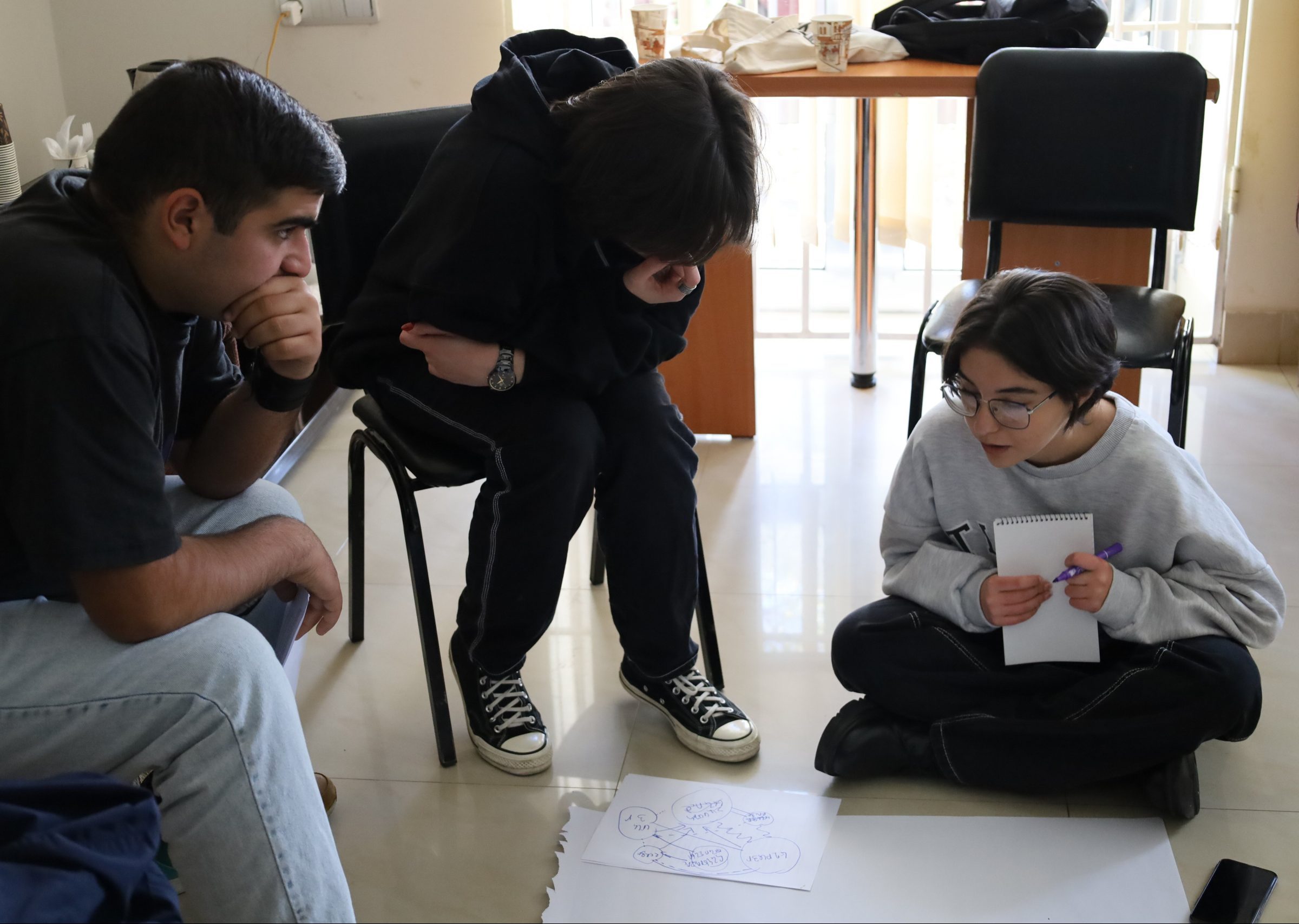
The imaginary symbolic story of Anchuria and Chikoza was an episode of the stories created by Peace Dialogue NGO to specially introduce in a course called “Alternative Mechanisms for Conflict Resolution”. The course, which ran from October 13 to November 27, aimed to enhance conflict resolution skills among the youth in the northern regions of Armenia by fostering a constructive approach and developing their capacity to find real and rational solutions to conflict situations on daily bases.
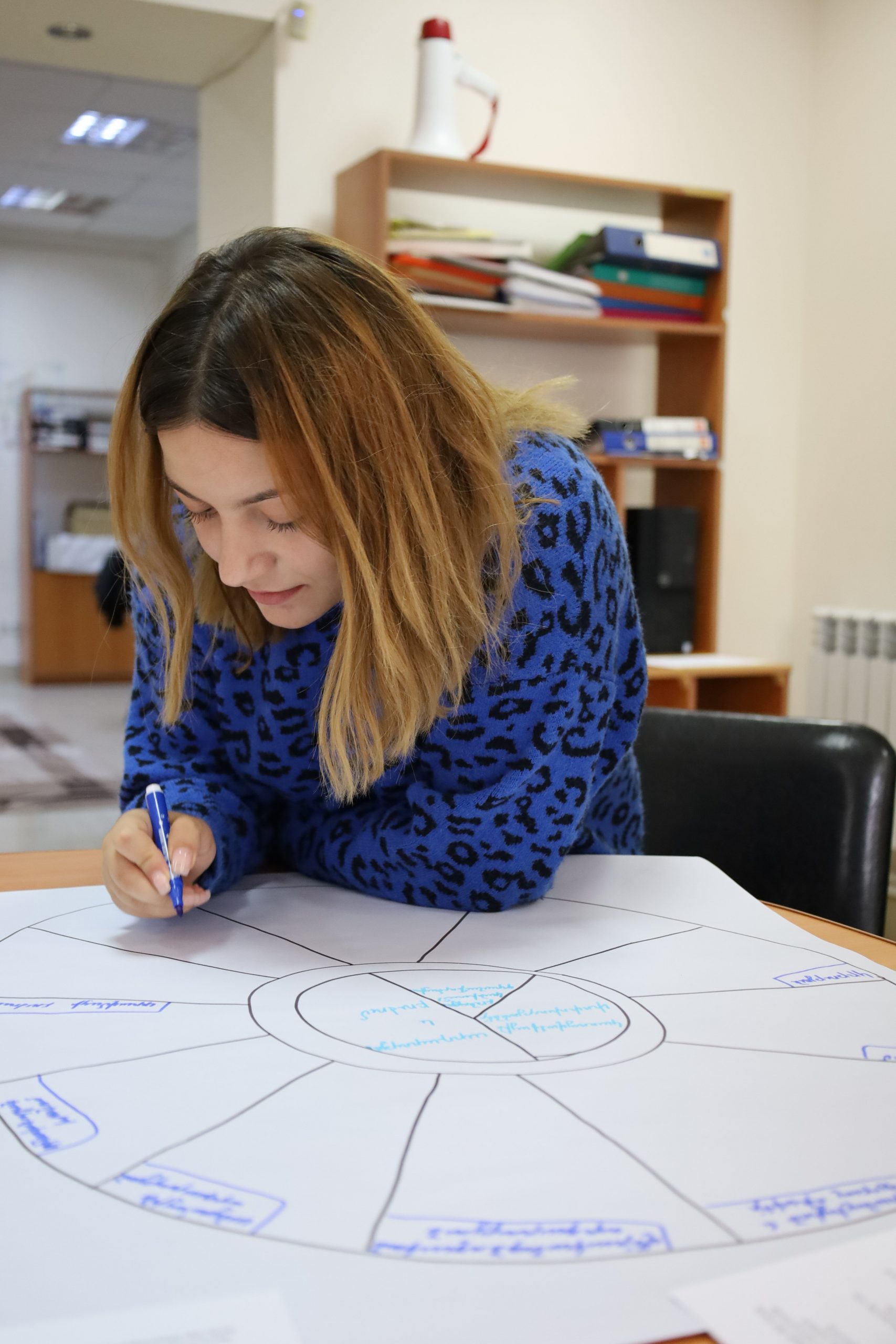
“In order to effectively resolve conflicts, it was important to engage in discussions that were grounded in the stories being presented:” says 18-year-old Yana Asatryan from Vanadzor.
The stories were presented to the participants without an ending. The goal of presenting incomplete stories was to stimulate critical thinking and encourage participants to develop their own solutions based on the information and assumptions discussed and make connections between imaginary scenarios and real-life events.
“I have found this course incredibly beneficial in teaching me how to effectively address conflicts rather than simply avoiding them. By having incomplete stories, we were challenged to come up with our own solutions for the presented situations,” says 16-year-old Ararat Sarukhanyan from Margahovit village.
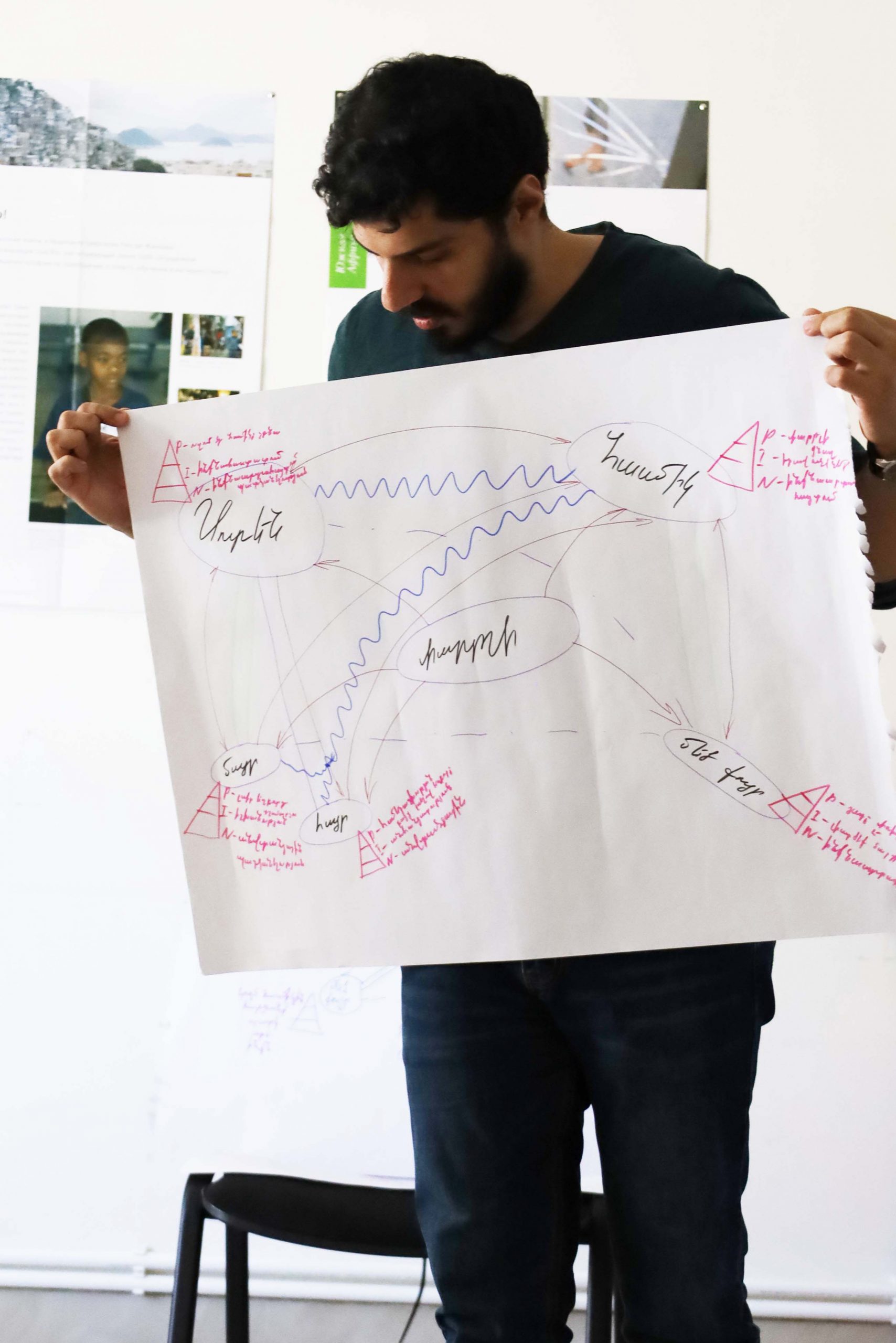
During the course, trainer Hayk Toroyan provided the participants with a toolkit to help them thoroughly analyse the conflicts presented. These tools enabled the youth to consider the conflicting parties, their relations, the stages of conflict development, and the potential outcomes at each stage of the conflict dynamics. These and many other topics were covered during the six meetings for young participants.
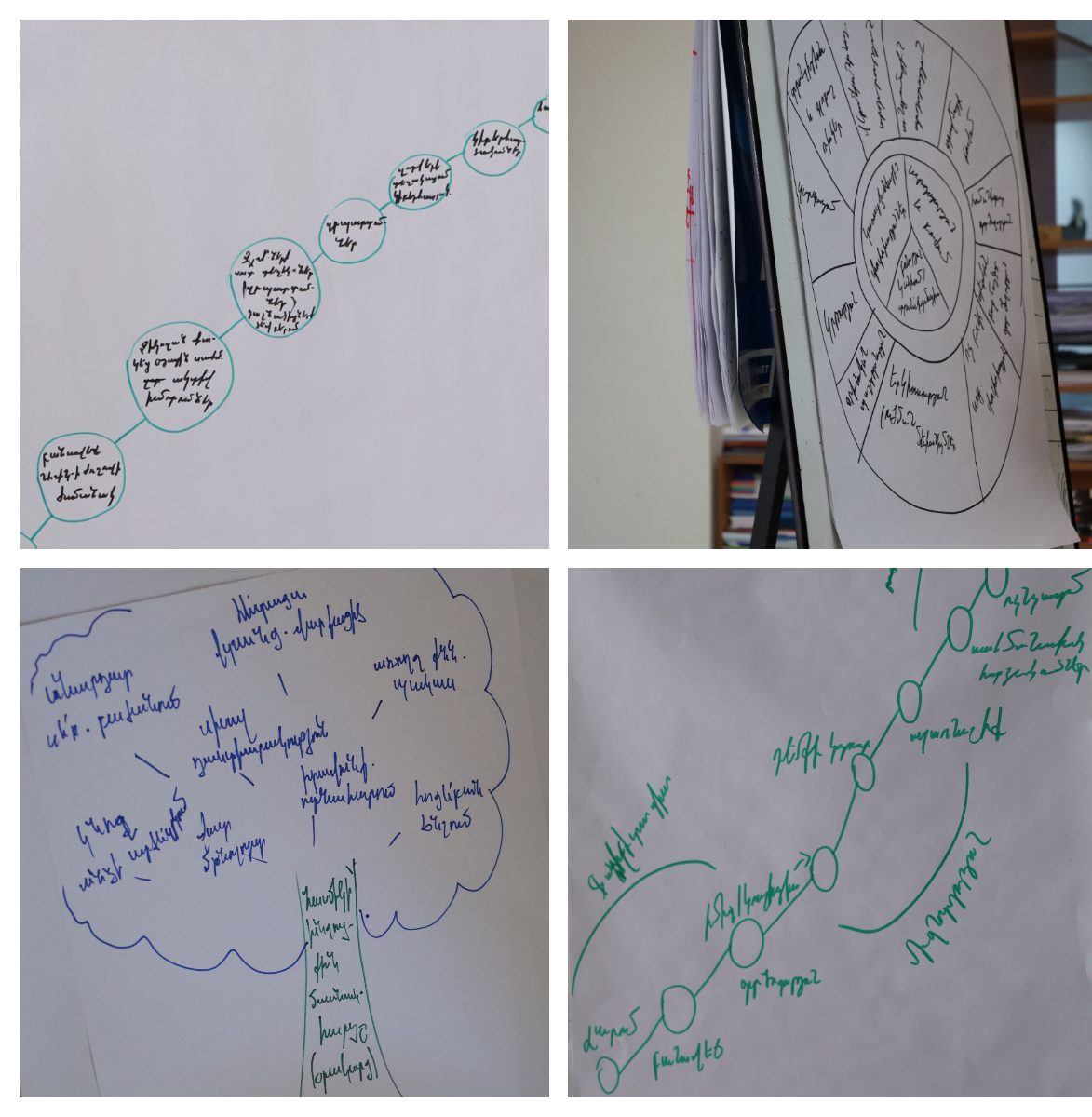
According to 16-year-old Inessa Tumanyan, the course helped her to quickly and effectively analyse conflicting situations and understand the underlying causes, saving her time and energy.

Peace Dialogue NGO intends to implement follow-up initiatives in the future. Currently, a manual is being developed summarising the techniques and tools applied to analyse the stories discussed during the course, as well as the methodology employed. Using the manual as a guide, Peace Dialogue will organise a training of trainers in the near future which will give the young participants an opportunity to conduct similar courses among their peers by applying the same tools and techniques.
The project is implemented with the support of the United Nations Development Programme. Peace Dialogue NGO takes the whole responsibility of the project content.



